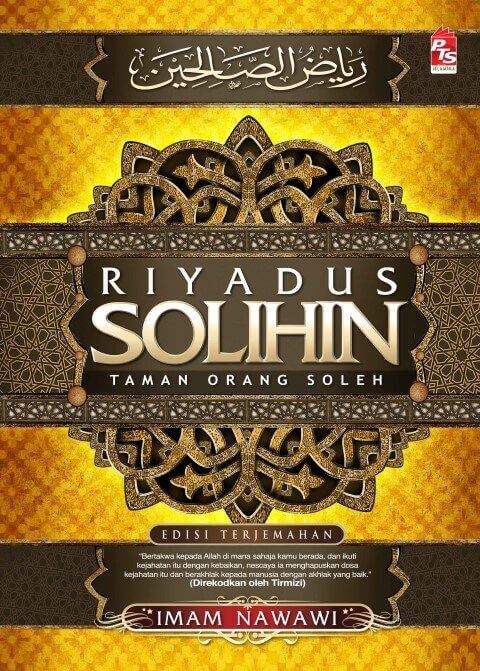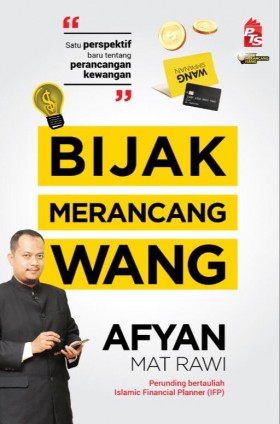THE arrival of rubber in Malaya in 1877 - one of
the original trees is still in the compound of the Kuala Kangsar District
Office - did not immediately meet with great enthusiasm among the planters, who
were quite happy growing coffee. The man largely responsible for making
Malaysia the largest rubber-producing country in the world is Henry Nicholas
Ridley (1855-1956).
His principal contribution was to develop what is
still today the basic method for tapping the tree - the herring-bone method,
which left V-shaped channels on the trunk, removing only a thin layer bark each
time, thus permitting a smooth flow of latex and allowing the bark to
regenerate. This was a great improvement on the method which was being used in
Brazil and Malaya at the time, which involved slashing the tree or making
holes, causing great damage to the cambial layer and consequently to the
productivity and life of the tree.
He took an honours degree, won the Burdett-Coutts scholarship in
geology and was appointed to the Department of Botany in the British Museum
where he studied many tropical plants. During his eight years at this post he
published about 50 papers dealing with botany and zoology.
Ridley was appointed the first scientific
director of the Singapore Botanical Gardens in 1888, holding the post till his
retirement in 1912.
It was there that his experiments with Para
rubber trees (Hevea brasiliensis) convinced him of the enormous economic
potential of rubber as a plantation crop.
He began a campaign to establish a rubber industry.
Despite considerable initial opposition among planters, he persisted, and by
1896 the first rubber estates were planted. Ridley's persistence in persuading
Malaya's planters to grow rubber trees earned him less than flattering
nicknames such as "Mad Ridley" and "Rubber Ridley".
Planters in Malaya largely ignored Ridley until
their coffee plantations were devastated by disease and they desperately
required a new cash crop. From then on the rubber industry grew into one of the
economic mainstays of the Malay states. By 1912, Malaya was producing more
rubber than Brazil.
Ridley also studied other plants in the Malay
Peninsula, publishing many articles and the five-volume Flora Of The Malay
Peninsula in 1925.
At the time of his retirement, Ridley published
Spices - a monograph on spice plants and their cultivation which was the
standard work on the subject for many years.
In 1950, in recognition of his botanical
contributions, the Linnean Society awarded him the prestigious Gold Medal. He
was also honoured many times over by the rubber industry. In 1955 he received
the Colwyn Medal from the Council of the Institution of the Rubber Industry.
In his 80s, Ridley continued to publish on
botanical subjects and was a keen birdwatcher in Kew Gardens. He got married
for the first time to Lily Eliza Doran. He died at Kew, Surrey, England, on
October, 24, 1956. He was 101 years old.
 THE Malaysian Rubber Board (MRB) has been involved in the systematic breeding and
selection of rubber clones to improve productivity for nine decades. In
the past, greater emphasis was given to produce high latex-yielding clones,
giving rise to a spectacular increase in yield.
THE Malaysian Rubber Board (MRB) has been involved in the systematic breeding and
selection of rubber clones to improve productivity for nine decades. In
the past, greater emphasis was given to produce high latex-yielding clones,
giving rise to a spectacular increase in yield.
The success of the rubber breeding programme can
be seen from the multifold yield increase. The introduction of new genetic
materials in the 1950s increased the yield potential to about 3,000 kg per ha
per year from about 500 kg per ha per year. This is amazing feat given the
narrow genetic base of the breeding population and this was achieved within two
to three cycles of breeding and selection.
Since it embarked on the scientific approach, six
series of clones with a total of 185 clones had been developed and recommended
to the industry under the names RRIM 500 (1928-1931), RRIM 600 (1937-1941),
RRIM 700 (1947-1958), RRIM 800 (1959-1965), RRIM 900 (1966-1973) and RRIM 2000
(1974 till now) series clones.
In recent years, rubberwood furniture gained wide
acceptance by domestic and foreign consumers after rubberwood was accepted as
an alternative timber to the natural forest species.
Rubber breeding and selection have now been
re-emphasised to produce rubber clones with high latex content as well as
rubber wood, known as latex-timber clones.
New promising latex timber clones are being
developed in the breeding programme. Every three years, planting
recommendations are updated to provide new information on the availability,
status and performance of the planting materials for the rubber plantation
industry.
The sustainable yield improvement through
breeding can only be achieved with the availability of large genetic base
compared to the narrow genetic base of the progenitors of the commercial
planting materials in Malaysia, originating from 22 seedlings introduced to
Singapore in 1877.
Broadening the genetic base is one of the key
areas of rubber breeding to reinforce the additive genetic component for yield,
girth and other important secondary characteristics.
The usage of these large genetic materials
collected from wild germplasm of Hevea brasiliensis and
different Hevea spp would enable the rubber breeders to develop new
latex timber clones having yield potential of about 4,000 kg per ha per year
and wood volume of 2.0 m3/tree in the near future.
With the advent of high-throughput genomic
technologies, research on rubber genes of interest has shifted from single gene
to large-scale gene analysis.
MRB has generated more than 35,000 latex gene
transcripts in the form of expressed sequence tags (or ESTs). This
collection constitutes a vast molecular resource which serves as a gene bank
for rubber research. This is the largest latex EST collection not just in
Malaysia but also in the global rubber research community.
Rubber plantations can be considered as significant
contributors towards reducing global warming through carbon sequestration.
Carbon sequestration is a process that removes
carbon dioxide from the atmosphere. Simply put, sequester means to lock
transiently. As far as rubber plantations are concerned, carbon is sequestered
in plant parts, products, litters, debris and soil.
Total carbon sequestered in rubber plantation
ranged between 235 tonne/ ha/30 years and 574 tonne/ha/30 years.
As part of carbon strategies, Malaysia must
adhere to the Kyoto Protocol mechanism which take into consideration the
effects of carbon sinks and sources, as well as for addressing issues related
to fossil fuel emissions.


















ReplyDeleteThanks for great information you write it very clean , we are specialized in Rubber tracks and CTL Rubber tracks.
CTL rubber tracks